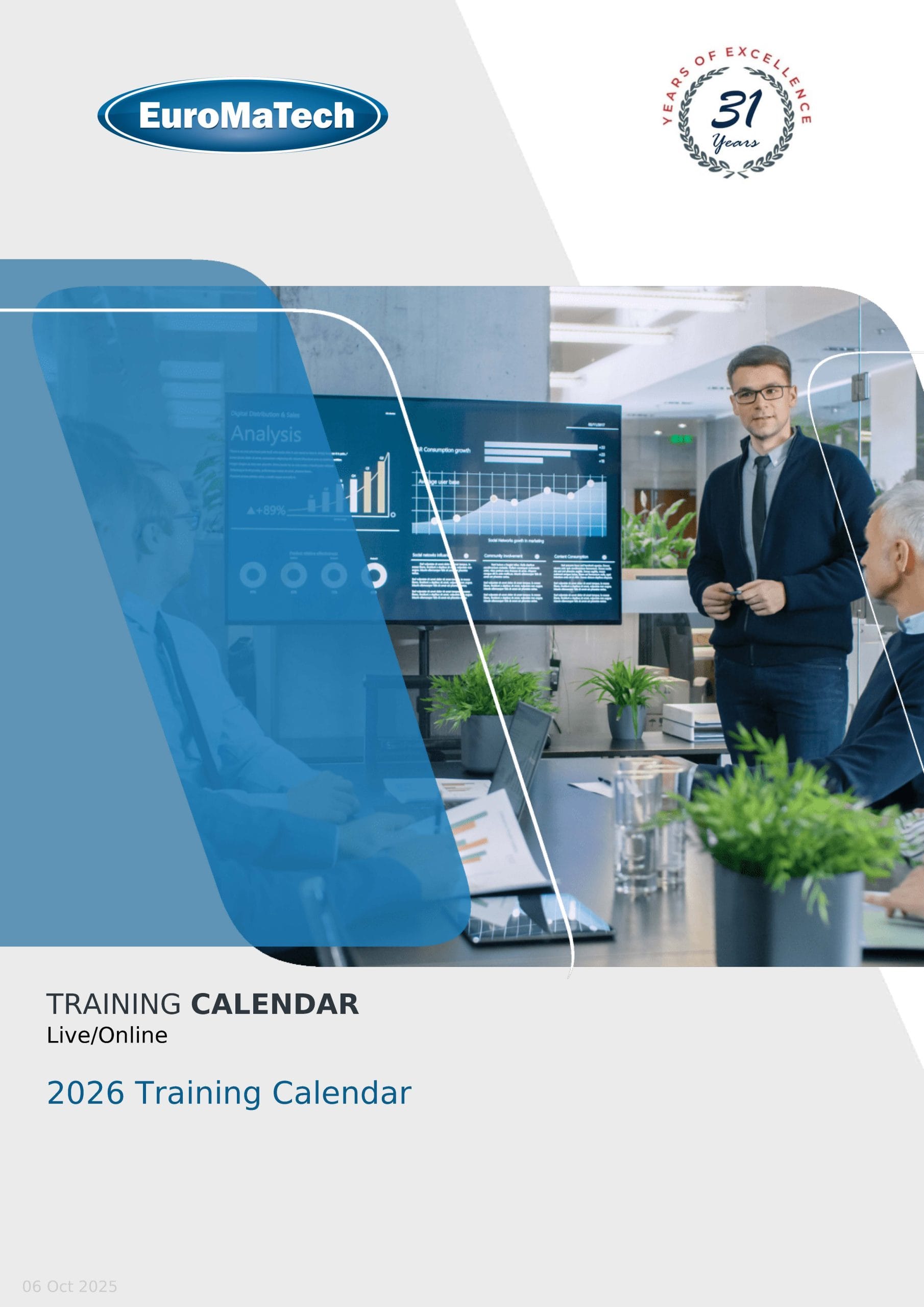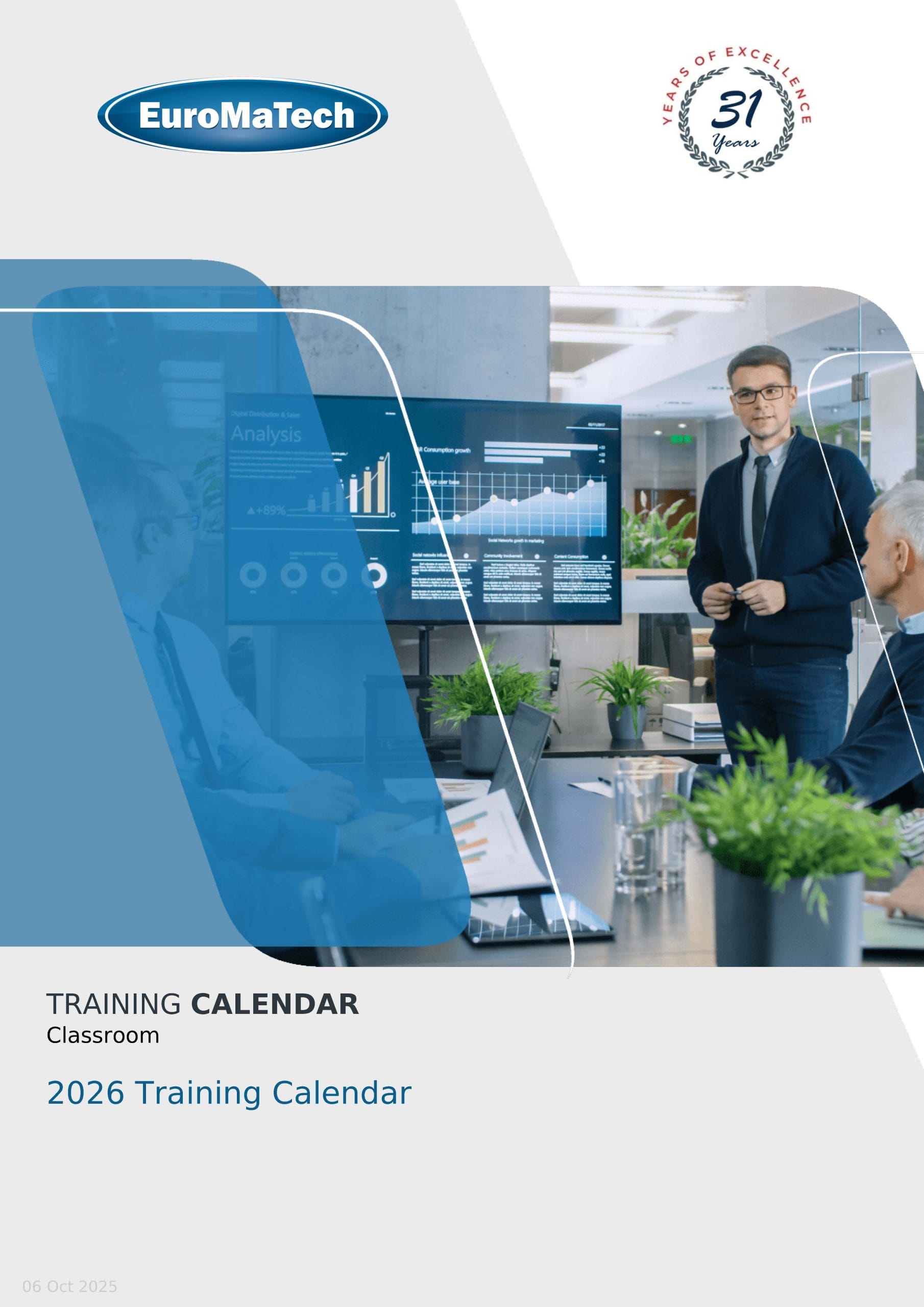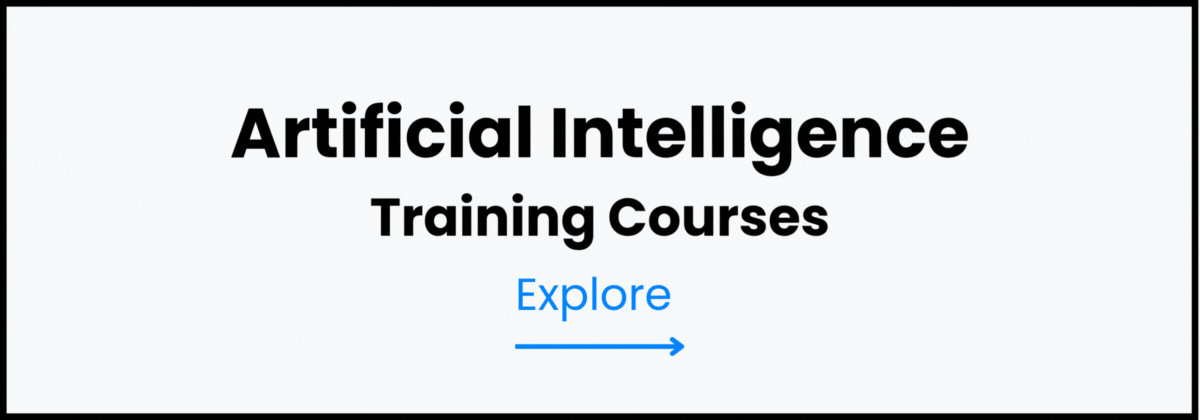How to Use AI in Internal Audit and Control Testing
Understanding how to use AI in internal audit and control testing has become essential as organizations transition from manual, sample-based audits to intelligent, data-driven assurance models. AI is fundamentally transforming the audit landscape by enabling continuous monitoring, automated control testing, and deeper risk insights—helping auditors work faster, more accurately, and with greater strategic impact.
In the context of internal audit, AI refers to technologies such as machine learning, natural language processing (NLP), anomaly detection algorithms, and automation tools that support auditors in evaluating controls, identifying irregularities, and assessing risk. These systems can process massive datasets, detect patterns invisible to human reviewers, and deliver real-time insights that traditional audits often miss.
Organizations are shifting from manual audits to AI-powered auditing because modern business environments are more complex, data-heavy, and fast-moving than ever before. Manual testing is no longer enough to keep up with digital operations, cybersecurity threats, regulatory expectations, and evolving risks. AI solves this challenge by scaling assurance activities, enhancing audit depth, and offering continuous visibility into system behavior and control effectiveness.
By leveraging AI, internal audit teams gain significant benefits:
- Greater efficiency and reduced manual workload
- Continuous assurance instead of periodic reviews
- Higher accuracy and fewer errors
- Faster detection of anomalies and fraud
- Deeper insights into risks and process performance
This article explores how auditors can implement AI, the tools available, the risks to consider, and the steps to modernize internal audit functions for the digital age.
Why AI Is Transforming Internal Audit and Control Testing
Internal audit functions are undergoing rapid change as organizations face increasing data volumes, growing regulatory pressure, and more complex risk environments. This shift is driving a major wave of digital audit transformation, where traditional periodic audits are no longer sufficient to provide the level of assurance modern organizations require. Instead, internal audit teams are adopting AI to enhance visibility, improve accuracy, and strengthen governance across dynamic digital operations.
The sheer scale and complexity of business data today make manual, sample-based auditing unreliable. Financial transactions, system logs, user behavior, operational workflows, and third-party activities now generate millions of data points daily. Auditors need tools capable of scanning entire datasets—not just limited samples—to identify hidden risks. AI in auditing makes this possible by processing large data streams instantly and highlighting anomalies that humans may overlook.
Organizations are also moving toward real-time auditing. Instead of waiting for quarterly or annual reviews, AI enables continuous monitoring of controls and processes, allowing issues to be detected as they occur. This significantly reduces lag time, strengthens compliance, and improves early-warning capabilities.
Audit teams are under growing pressure to deliver higher accuracy, detect fraud earlier, and provide deeper risk transparency to boards and regulators. AI supports these needs by offering faster analysis, automated testing, predictive insights, and more consistent audit outcomes. As a result, AI has become a critical driver of audit modernization, helping internal audit functions evolve into proactive, data-driven assurance partners. ➡️Internal Controls: Monitoring, Evaluation & Risk-Based Auditing Course
How to Use AI in Internal Audit — A Step-by-Step Guide
AI enables internal auditors to work faster, uncover deeper insights, and provide stronger assurance across financial, operational, and IT processes. The steps below outline how to implement AI successfully within the audit lifecycle.
Step 1 — Identify Audit Activities Suitable for AI Automation
The first step is determining which audit tasks AI can enhance or automate. Not every activity requires AI, but many repetitive and data-heavy processes benefit significantly from automation.
Common audit tasks suited for automated audit workflows include:
- Data extraction and preparation
- Sampling and population testing
- Transaction analysis at scale
- Exception and anomaly detection
- Automated documentation verification
- Control testing across financial, operational, and IT domains
Identifying these areas helps auditors target high-impact opportunities for AI adoption.➡️Maintenance Auditing Specialist Course
Step 2 — Integrate AI Tools into the Audit Data Collection Process
Strong internal audits depend on clean, accurate data. AI simplifies this by automating data collection, ingestion, and structuring across multiple systems—ERP platforms, HR systems, financial databases, and cloud environments.
AI data processing tools use:
- OCR (Optical Character Recognition) to extract information from scanned documents
- NLP (Natural Language Processing) to analyze policies, contracts, and emails
- Automated audit data extraction engines to pull structured and unstructured data
This drastically reduces manual work and ensures datasets are audit-ready from the start. ➡️AI & Machine Learning Policy and Oversight Course
Step 3 — Apply Machine Learning Models for Risk Assessment
Machine learning enhances the quality of risk assessments by identifying patterns, trends, and anomalies that traditional sampling cannot detect.
Using AI risk assessment models, auditors can:
- Assign risk scores to transactions, users, or processes
- Detect unusual behavior or outliers
- Predict high-risk events using predictive audit analytics
- Prioritize audit focus areas with objective, data-driven insights
This improves both the accuracy and efficiency of audit planning. ➡️AI for Predictive Maintenance Training Course
Step 4 — Use AI for Automated Control Testing
AI can execute repetitive control tests continuously and accurately, reducing human effort and audit cycle time. It supports testing across:
- Access controls (role changes, permissions, login anomalies)
- Financial controls (posting limits, journal entry validations)
- Operational controls (workflow compliance, approval routing)
- IT general controls (password settings, system configurations, segregation of duties)
With AI control testing and intelligent control validation, auditors gain broader and deeper assurance coverage while minimizing manual work.
Step 5 — Implement Continuous Auditing with AI
Traditional audits occur monthly or yearly, but AI enables continuous auditing by monitoring transactions and processes in real time.
Benefits of continuous auditing AI include:
- Real-time audit insights on anomalies or control failures
- Immediate alerts for suspicious activities
- Reduced time lag between issue occurrence and detection
- Stronger alignment with compliance and regulatory expectations
This transforms internal audit into a proactive, forward-looking function. ➡️AI Governance, Risk and Compliance Course
Step 6 — Use AI-Driven Analytics for Audit Insights
AI enhances audit analytics by converting raw data into meaningful visual insights. Auditors can use AI audit analytics dashboards to:
- Detect trends, red flags, and recurring weaknesses
- Identify root causes of control failures
- Highlight high-risk processes for audit committees
- Create visual analytics for auditing in reports and board presentations
These insights elevate audit storytelling and strategic impact.
Step 7 — Integrate AI with Existing GRC Systems
AI delivers the most value when connected to broader governance, risk, and compliance infrastructure. Integrating AI in GRC platforms allows seamless automation of:
- Policy management
- Compliance tracking
- Risk registers
- Issue management
- Audit workflows
Modern audit automation platforms help unify data, streamline reporting, and enable end-to-end oversight.
Step 8 — Train and Upskill Audit Teams in AI Literacy
AI does not replace auditors—it strengthens them. However, auditors must understand how AI models work, how to validate outputs, and how to interpret results responsibly.
Key auditor AI skills include:
- Understanding AI limitations and potential biases
- Model interpretation and assessment
- Data literacy and analytical thinking
- Hands-on familiarity with AI tools
- Ethical and compliant use of automation
Investing in AI literacy for auditors ensures the audit function evolves alongside technology and delivers high-quality, trustworthy results.
Practical Use Cases — Where AI Delivers the Most Value
AI brings measurable impact across multiple audit domains, especially in environments where data volume, complexity, and risk exposure are high. These AI audit use cases help internal auditors pinpoint where automation and intelligence create the strongest value. By applying AI to specific industry and function-level scenarios, organizations gain deeper insights, faster detection capabilities, and stronger assurance coverage. ➡️AI-Driven Process Safety Management Course
Fraud Detection and Anomaly Analysis
AI excels at identifying suspicious behavior by scanning millions of records for unusual transactions, hidden relationships, or behavioral patterns.
Use cases include:
- Detecting duplicate payments or unusual vendor activity
- Identifying irregular journal entries and forced balances
- Spotting fraud indicators in employee expense claims
These industry applications improve anomaly detection accuracy and reduce false positives significantly.
IT Access Control Reviews
AI automates permission monitoring and continuous assessment of user activity across critical systems.
Examples include:
- Detecting unauthorized access attempts
- Flagging privilege escalations or role changes
- Ensuring compliance with segregation-of-duty requirements
This strengthens cybersecurity auditing and enhances governance for IT environments.
Procurement and Vendor Audits
AI helps auditors analyze supplier behavior, contract terms, and procurement workflows at scale.
Common use cases include:
- Detecting invoice manipulation or inflated pricing
- Flagging vendor concentration risks
- Analyzing contract compliance with procurement policies
These insights reduce exposure to supply chain fraud and operational inefficiencies.
Financial Reporting and Transactional Audits
AI improves financial accuracy by reviewing high-volume transactions and supporting end-to-end reporting audits.
Applications include:
- Identifying revenue recognition anomalies
- Validating journal entries against expected patterns
- Detecting duplicate or mismatched transactions
This leads to faster, more reliable financial statement audits.
Cybersecurity and Data Governance Audits
AI enhances digital oversight by monitoring network traffic, system logs, and data flows.
Practical use cases include:
- Detecting cybersecurity threats and intrusion attempts
- Identifying abnormal data access patterns
- Monitoring compliance with data protection policies
These industry applications strengthen resilience and improve governance across digital ecosystems.
Conclusion
As organizations become more digital, understanding how to use AI in internal audit and control testing is no longer optional—it is fundamental to staying ahead of emerging risks and maintaining strong governance. AI does not replace internal auditors; instead, it elevates their capabilities by automating routine tasks, enabling continuous monitoring, and uncovering insights that traditional audit methods often miss.
With AI, audit teams gain sharper risk visibility, higher accuracy, and more efficient processes across financial, operational, and IT controls. Continuous auditing, predictive analytics, and intelligent control validation allow organizations to detect issues earlier, strengthen compliance, and ensure controls operate effectively in real time. This shift transforms the internal audit function from a periodic, sample-based activity into a proactive, insight-driven strategic partner.
By adopting AI thoughtfully and responsibly, organizations modernize their assurance functions, improve decision-making, and reinforce confidence across all levels of leadership. The future of internal audit is intelligent, data-powered, and built on a strong collaboration between technology and expert human judgment.
Frequently Asked Questions (FAQs)
-
How can AI be used in internal audit?
AI can automate data analysis, detect anomalies, perform continuous monitoring, and support more accurate control testing. It helps auditors review entire data populations, uncover hidden risks, and improve audit quality while reducing manual effort.
-
What types of control testing can AI automate?
AI can automate financial control testing, IT access control checks, operational workflow validations, segregation-of-duties monitoring, policy compliance testing, and transactional control reviews. It is especially effective for high-volume, repetitive controls.
-
Does AI replace auditors?
No. AI enhances auditors rather than replacing them. While AI automates routine tasks, human auditors still provide professional judgment, contextual understanding, ethical oversight, and strategic interpretation of findings.
-
What AI tools are used in internal audit?
Common tools include machine learning platforms, anomaly detection systems, process mining tools, natural language processing (NLP) engines, robotic process automation (RPA), and AI-powered audit analytics dashboards.
-
How does AI detect fraud?
AI analyzes large datasets to identify unusual patterns, behavioral anomalies, duplicate transactions, or hidden relationships. Machine learning models learn from historical fraud cases and flag suspicious activities in real time.
-
What are the risks of relying on AI in audit procedures?
Key risks include model bias, data quality issues, lack of explainability, overreliance on automation, and integration challenges. Strong governance and human oversight are essential to ensure accuracy and ethical use.
-
How can internal audit teams prepare for AI adoption?
Audit teams can prepare by enhancing data literacy, learning how AI models work, understanding tool limitations, participating in training programs, and developing governance practices for responsible AI use.
-
What is continuous auditing with AI?
Continuous auditing with AI involves real-time monitoring of transactions, controls, and processes. Instead of periodic reviews, AI provides ongoing insights, instant alerts, and continuous assurance across the organization.
Explore Courses From Our Top Categories:
Leadership Training Courses – Human Resources Training Courses – GRC Training Courses – Risk Management Training Courses – Finance & Budgeting Training Courses – Training Courses in Dubai





